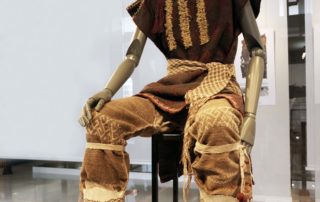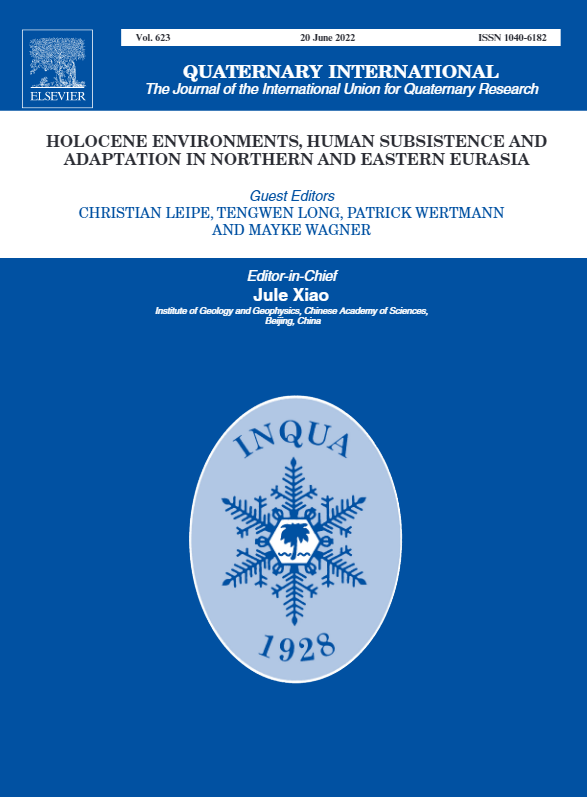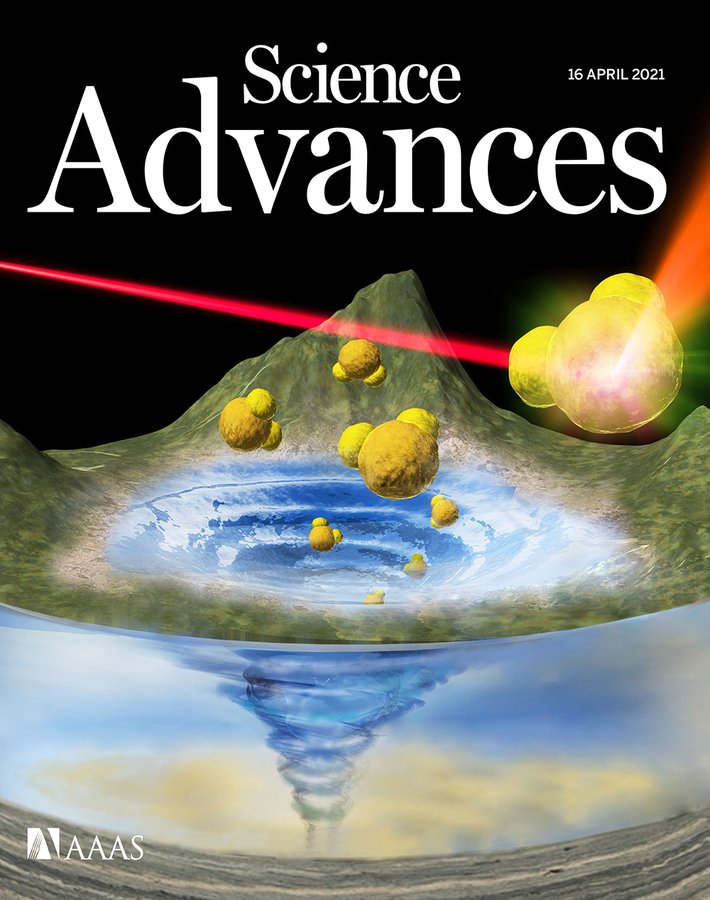“The invention of trousers” exhibition at State Museum of Archaeology, Chemnitz
The State Museum of Archaeology in Chemnitz (https://www.smac.sachsen.de/) has a long tradition of bringing results of archaeological research to the public. One of the effective forms of their work are the “foyer exhibitions.” https://www.smac.sachsen.de/foyerausstellungen-erfindung-der-hose.html The recent exhibition in the museum’s foyer – “The invention of trousers” (opened from 11 March until May 8th, 2022, access free of charge) – highlights the results of the international research project "Silk Road Fashion" led by Prof. Mayke Wagner (German Archaeological Institute) and [...]






